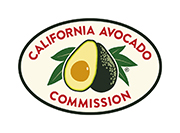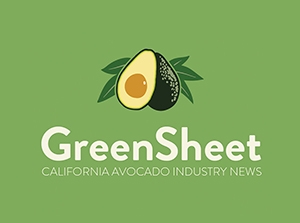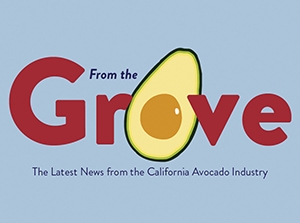California avocado growers must increase yield, including fruit size, and/or reduce production costs to remain competitive in the US market, which now receives fruit from Mexico, Chile, New Zealand, Dominican Republic and an increasing number of other countries (http://www.ers.usda.gov/Data/Fruit VegPhyto/Data/fr-avocados.xls). Despite the popularity, the ‘Hass’ cultivar (Persea americana Mill.) is known to be problematic with regard to fruit retention, fruit size and alternate bearing. Plant growth regulators (PGRs) are powerful, cost-effective tools for increasing yield of commercially valuable large size fruit and mitigating alternate bearing in the field. At the present time, no plant growth regulators are registered for use on avocado. The goal of my research program is to provide growers with a basic understanding of 'Hass' avocado tree phenology and physiology and the tools to increase net income per acre for growers of the 'Hass' avocado in California. To meet this goal we are developing fertilization and plant growth regulator (PGR) strategies to increase total yield and yield of commercially valuable large size fruit. For the PGR strategies we are simultaneously collecting the efficacy data necessary to satisfy the requirements of the California Department of Pesticide Regulation (DPR) to have the successful plant growth regulators added to an existing label so that they can be legally used in avocado production in California. Note that PGRs are considered pesticides. The specific objectives of this research are: (1) to increase yield by annually increasing the number of more highly productive
sylleptic shoots (Fig. 1) in the canopy; (2) to increase yield by increasing fruit retention during June drop; (3) to increase fruit size; and (4) to collect dose response data as the next step toward adding avocado to the label for GA3. To meet these objectives, three separate field projects are being conducted.


